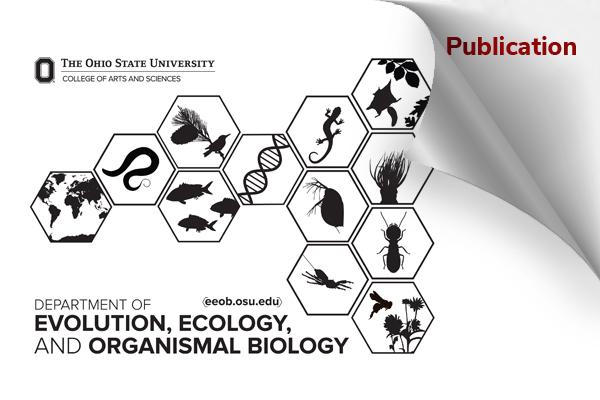EEOB Publication - Santos

Cranial modularity drives phenotypic diversification and adaptive radiation of Antarctic icefishes
Mayara P. Neves, HoWan Chan, Elizabeth C. M. Santos, and Kory M. Evans. 2025. Proc. Natl. Acad. Sci. U.S.A. 122 (40) e2503283122. DOI: 10.1073/pnas.2503283122
Abstract
Modularity among traits is thought to drive morphological evolution and diversification, with more modular species often showing greater morphological disparity and faster evolutionary rates. However, recent studies suggest this pattern is not universal, as higher integration can sometimes be linked to faster rates of evolution. In adaptive radiation, modularity likely facilitates morphological divergence, but its specific role in trait diversification within these events remains uncertain. Antarctic icefishes (Perciformes: Notothenioidei) have undergone adaptive radiation in the frigid Southern Ocean, yet the role of modularity in their craniofacial evolution remains poorly understood. Emerging from a common ancestor 22 Mya, these fishes developed unique morpho-physiological adaptations, such as antifreeze glycoproteins, that contributed to their evolutionary success, but the contribution of cranial modularity to their diversification is still unexplored. Here, we analyze skull shape across 172 perciform species using micro-CT scanning and geometric morphometrics to investigate the tempo and mode of skull evolution in 80 notothenioids versus 92 perciform relatives. Notothenioids exhibit considerable cranial shape diversity, with skull shapes ranging from short to long faces. Fast rates of skull shape evolution occurred in smaller subclades following the emergence of cranial elongation, a derived trait within notothenioids. They also exhibit elevated evolutionary modularity relative to their perciform relatives, with reduced covariation among skeletal elements over time, likely corresponding with Miocene cooling events and the formation of the Antarctic Circumpolar Current. We propose that greater phenotypic modularity in notothenioid skulls represents a pivotal innovation, facilitating their evolutionary response to new ecological opportunities in the Antarctic.
